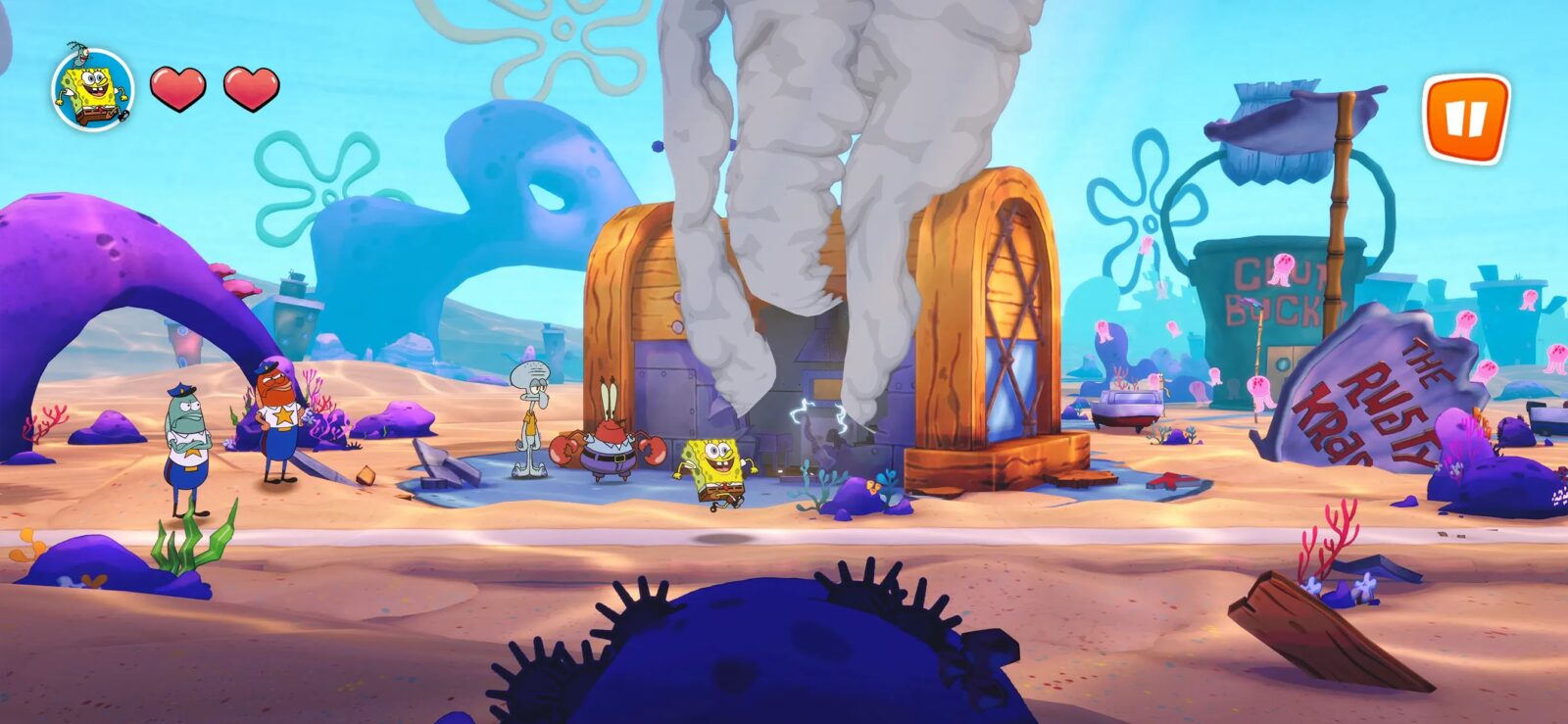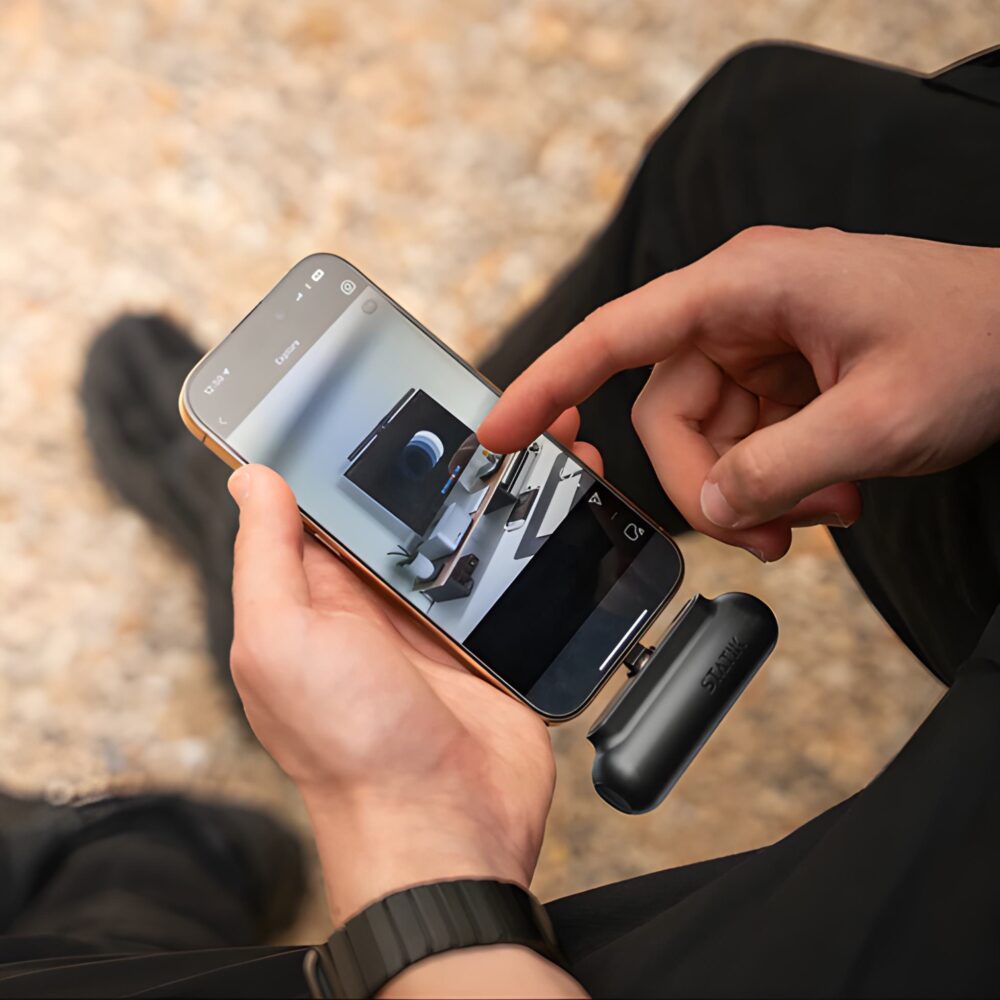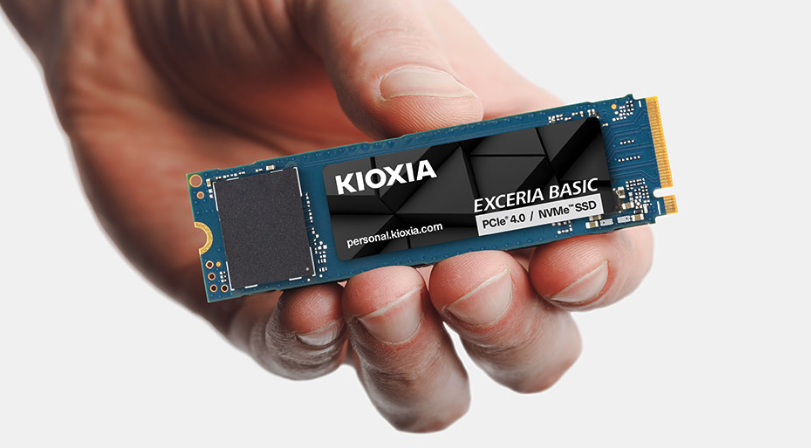Spotify has broadened its sharing options across nearly every major social and messaging platform, giving users new ways to express their taste and pass along recommendations. The update touches on WhatsApp, Instagram, TikTok, Snapchat, and Facebook, as well as a new in-app messaging system, making it easier than ever to share what’s playing—whether it’s a track, playlist, podcast, or audiobook. The rollout reflects Spotify’s continued push to connect music discovery with everyday social interactions rather than keeping them confined to the streaming app.
The most significant addition is WhatsApp Status sharing. Users can now post any Spotify content—songs, albums, playlists, podcasts, or audiobooks—directly to their Status as a visual card showing cover art, title, and an “Open on Spotify” link. For tracks, there’s also a short audio preview, letting friends get a sense of the vibe before opening the app. Both free and premium users will see the option appear in their Share menu as the feature rolls out globally. Of course, the traditional option of dropping links directly into WhatsApp chats remains available.

Spotify is also introducing its own in-app Messages feature, aimed at users aged 16 and above in select regions. This allows people to send audio directly within Spotify—whether to a friend or a small circle—without switching to another platform. Once a connection is accepted, users can react to shared songs, chat about them, and build ongoing threads of recommendations. Each conversation also keeps track of past shares, making it easier to rediscover songs, albums, or episodes later.
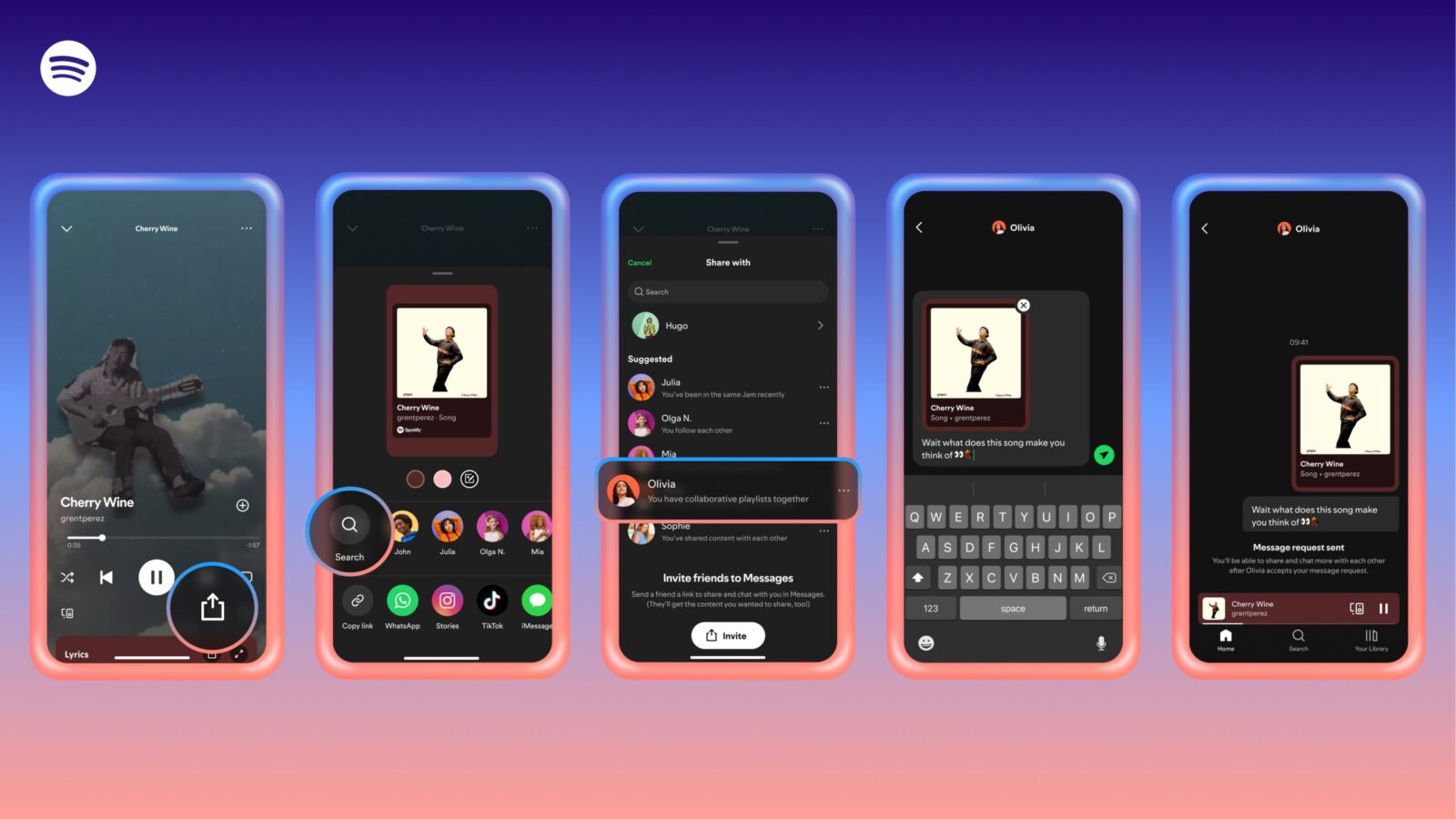
On Instagram, Spotify has added richer audio integration. When sharing a song to Stories, a brief snippet now plays automatically, giving followers an instant preview. Tapping the music sticker takes them straight to the track in Spotify. A separate integration with Instagram Notes allows users to share what they’re listening to in real time. This appears as a subtle text-and-song combo on a user’s Notes feed, encouraging casual conversation around what friends are currently playing.
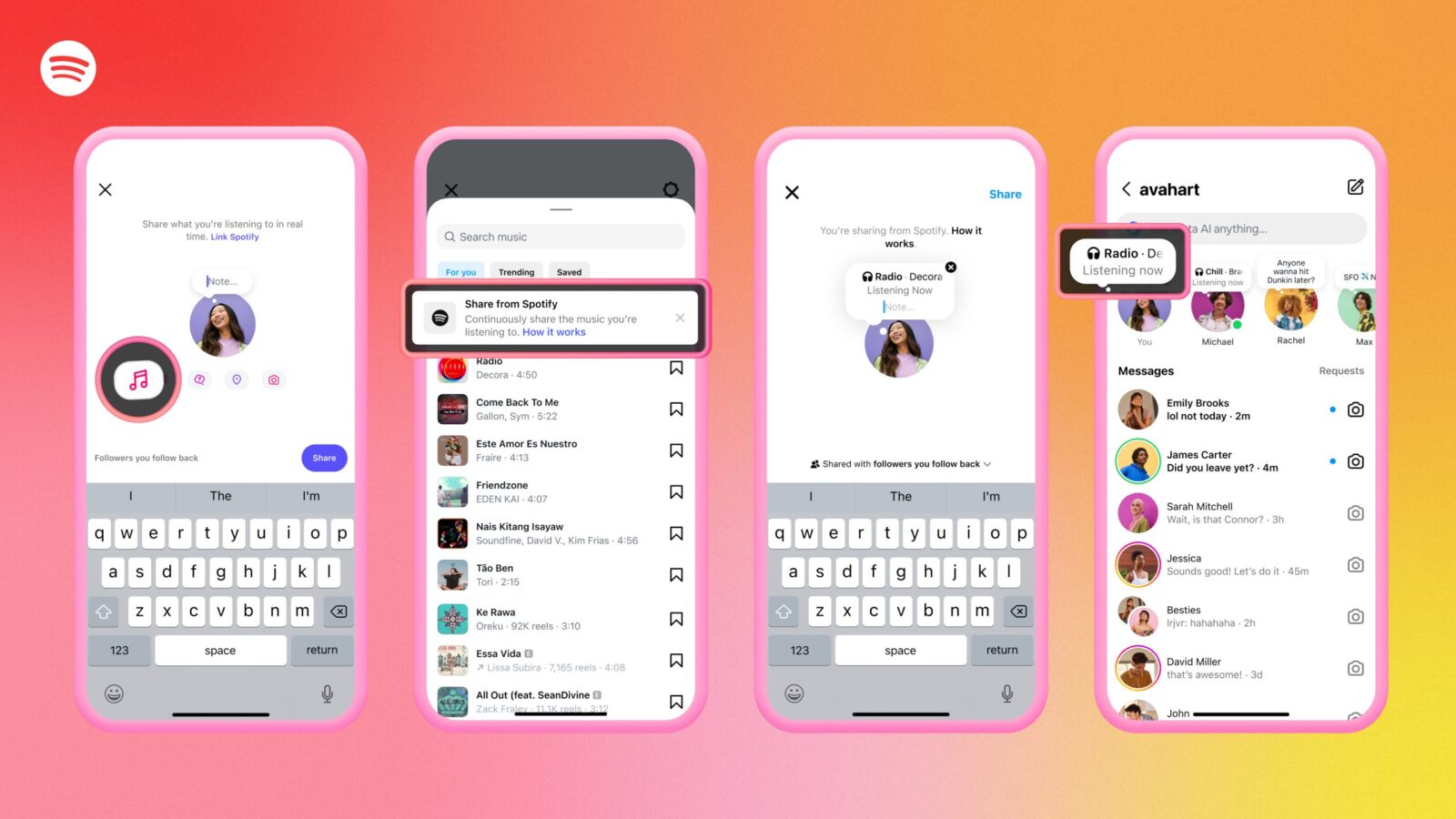
TikTok’s integration goes further by blending Spotify content with TikTok’s creative tools. Users can share a song, playlist, podcast, or audiobook directly into their TikTok Feed or Stories using Photo Mode or the Green Screen feature, complete with cover art and an embedded Spotify link. This setup lets creators visually layer their favorite tracks behind short videos or storytelling clips. For private exchanges, Spotify links can now also be sent through TikTok DMs, allowing users to share music with individuals or smaller groups without posting publicly.

Snapchat users get a similar set of tools. A track, album, playlist, podcast, or audiobook can be shared either as a Story or in direct Chat. Shared items appear with the artwork and a clickable link that opens in Spotify. For more visual expression, Snapchat’s Share Track Lens AR feature lets users overlay song details—such as title, artist name, and album art—onto their camera view or environment before posting. This effectively merges music sharing with augmented storytelling.

Facebook integration continues to support sharing via Stories, Feed posts, and Messenger. When users post Spotify content, followers see a visual card that includes the cover art and a short audio preview, which they can tap to open the content in Spotify. Messenger direct sharing also supports these interactive cards, making it easy to drop songs or playlists into chat threads. Spotify is also planning an upcoming update that will allow users to save songs shared on Facebook directly to their “Liked Songs” within Spotify—a small but meaningful feature for seamless listening continuity.
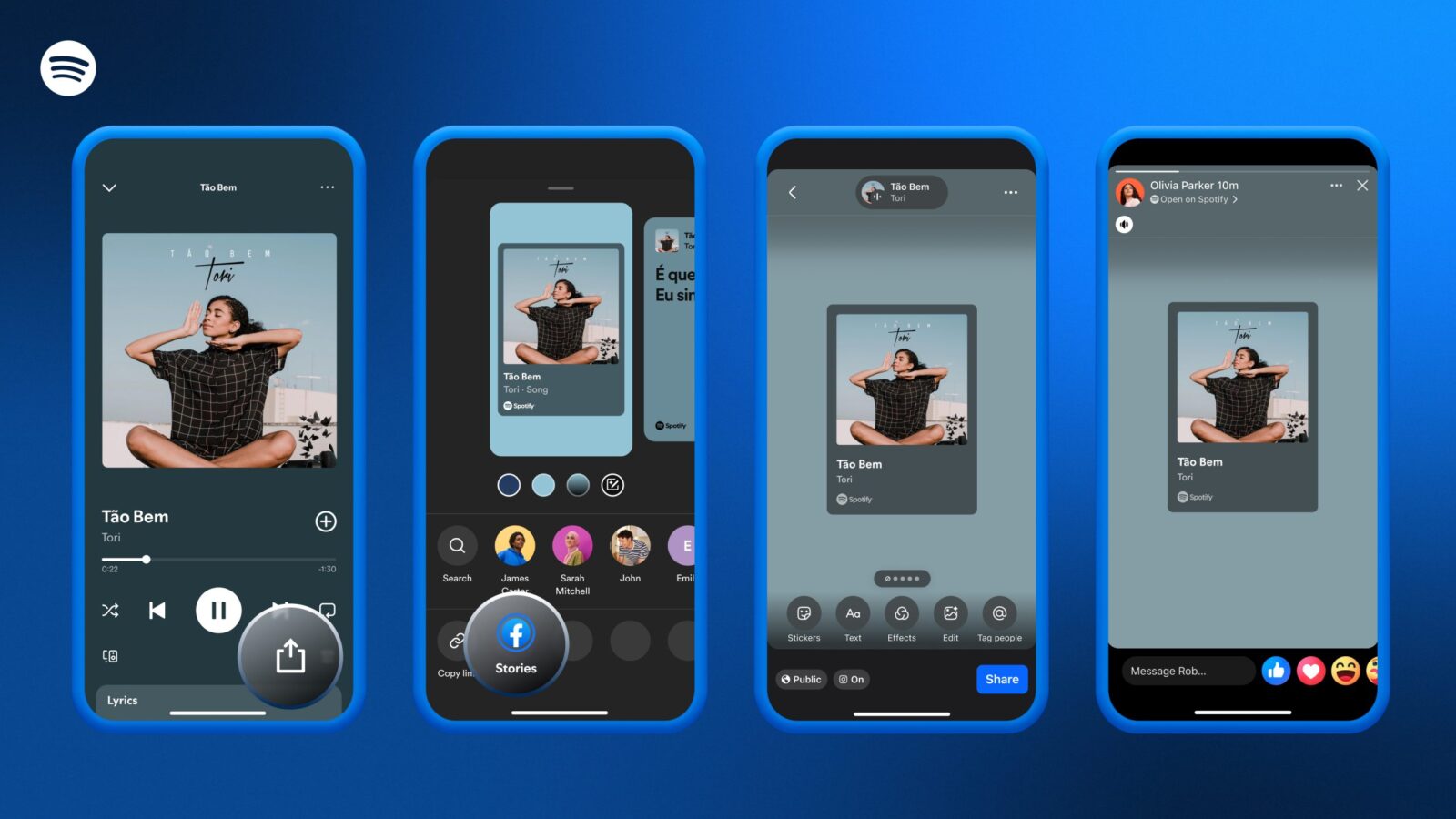
Together, these features underline Spotify’s strategy to remain embedded in users’ social ecosystems rather than functioning as a standalone music app. The platform’s approach emphasizes spontaneous sharing and frictionless discovery, letting users recommend content in the same spaces where they already talk, post, and scroll. For artists and creators, it means broader exposure across multiple networks. For listeners, it turns social media into an extension of their personal soundtrack—where a song, podcast, or playlist can move effortlessly from one app to another.


